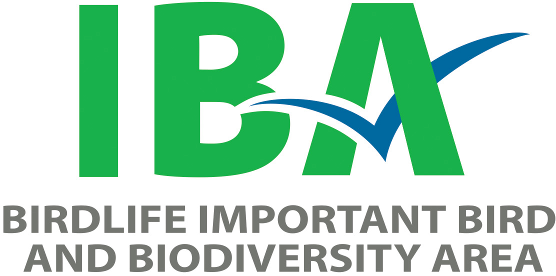Eastern Cape Sable Island (NS016)
Clark's Harbour, Nova Scotia
Site Description
Cape Sable Island is the southernmost accessible point of Nova Scotia. It is a large, fairly flat and often foggy island with roads frequently situated close to the shoreline. Sand beaches, extensive mud flats, and salt marshes are the predominant shoreline habitat types. Inland on acidic soils are alder thickets, and low forests containing Black Spruce and several heath plants, as well as residential gardens. Sheep grazing commonly occurs inland. The IBA covers most of the island, south of a line from the town of Centreville to Bulls Head.
Birds
Spring and fall migrants of many types use Cape Sable Island as a stopping point. The most numerous and significant of migrants are shorebirds. The coast around South Side Inlet and south and west of The Hawk are the best areas for shorebirds. In July 1993, an amazing one quarter million Semipalmated Sandpipers were estimated to be at Cape Sable Island, and at the same time of year in 1995, 15,000 Short-billed Dowitchers were recorded. This represents possibly 7% and 5% respectively, of the global populations of these two species.
Participants in the Maritimes Shorebird Survey (MSS) have surveyed the site since 1977, but coverage has varied among years. In some years, only a small part of the site was covered. MSS protocol requires volunteers to count shorebirds every second weekend during the period of southward migration from late July to late October. So, seasonal totals from the MSS could include up to seven one-day counts. From 1994 to 1996, an average of 2,731 Semipalmated Plovers, more than 1% of the estimated global population were recorded. Black-bellied Plovers also frequent the site, with a three-year average (1985, 1987 and 1995) of 504. MSS results show that thousands of Sanderlings and hundreds of Ruddy Turnstones, Least Sandpipers, and White-rumped Sandpipers are also found at this site. Greater Yellowlegs and Willets visit the site during fall migration, but numbers are typically low. Diversity of shorebirds and numbers of wintering Black-bellied Plover, Sanderling, Red Knot, Dunlin and Ruddy Turnstone are higher here than any other location in Atlantic Canada.
In the summer, the Piping Plover, a species endangered in Canada and globally vulnerable, nests along the sand beaches on the eastern side of the island. The 11 birds recorded in 1996 on Cape Sable Island (mostly at Danielss Head) represented about 2% of the Canadian Atlantic population of Piping Plover. Canadas first breeding American Black Oystercatchers bred on the island in 1997 and 1998.
In late winter and early spring thousands of Brant congregate on the flats of Hawk Channel, with a high count of 8,000 recorded in April 1997. This is about 6% of Atlantic Brant (the population of Brant that winters on the Atlantic coast after breeding in the eastern High Arctic) and about 2% of all North American Brant.
A high diversity of waterbirds also use Cape Sable Island, particularly in the spring and fall. Loons, herons, egrets, cormorants, seaducks, bay ducks, alcids and pelagic species are all seen here. Landbird diversity is equally rich. Warblers, vireos, tanagers and sparrows are all typical migrants. When the weather gets exceptionally stormy and migrants are thrown off course, unusual species and large numbers of landbirds are found at Cape Sable Island. For instance, in the fall of 1998 when such an event occurred, 500 Indigo Buntings, 4 Kentucky Warblers, 20 Hooded Warblers, 4 Worm-eating Warblers and 20 Blue Grosbeaks were amongst the thousands of birds seen.
Conservation Issues
In the past illegal hunting was a problem in the Cape Sable Island region. Although this problem has not disappeared, it has greatly decreased in the last decade or so. Easy access and the proximity of roads and residential areas also mean that disturbance of breeding plovers or shorebirds feeding along the shorelines is a potential problem. The presence of a keen local birding community may help to mitigate this problem. Any future shoreline and inland development could effect the quality of habitat that migrants prefer and thus would ideally be subject to critical examination.
IBA Criteria Habitats Land Uses Potential or Ongoing Threats Conservation Status

